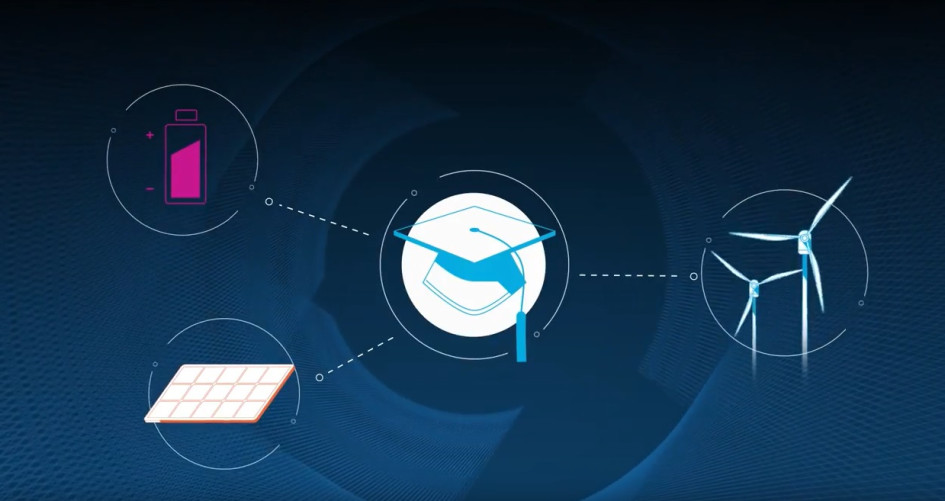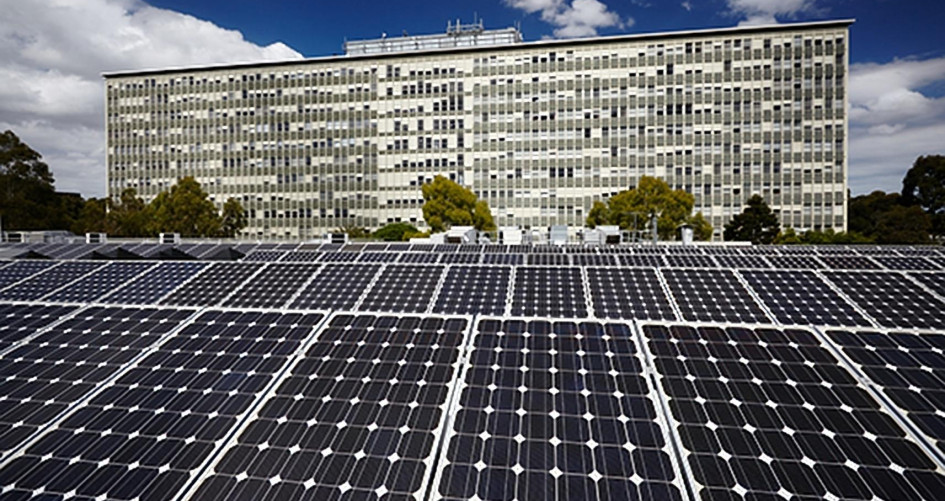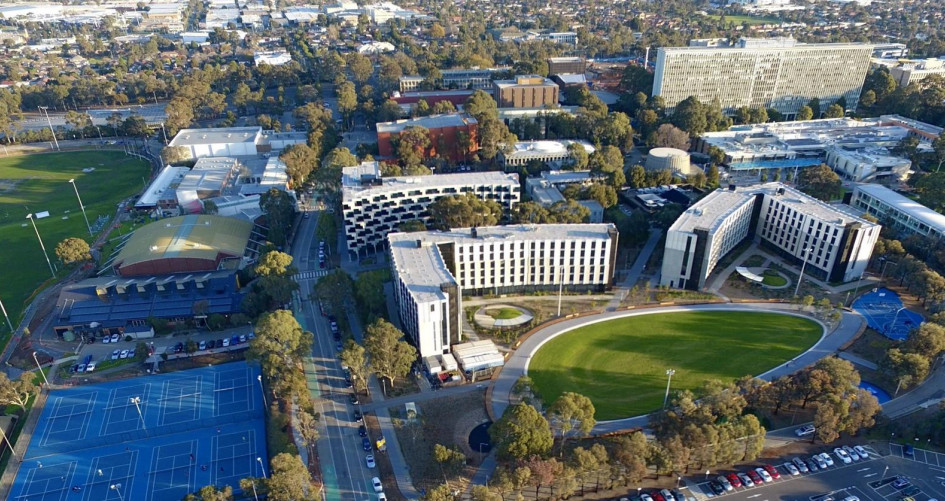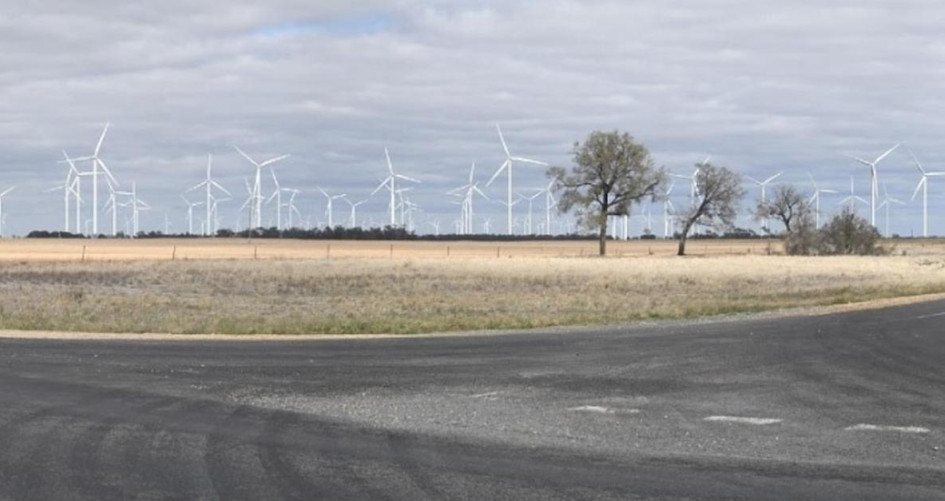Monash University, Australia’s largest university, has committed to reach net zero emissions by 2030 for all four of its Australian campuses. It has been decarbonising its campuses since 2005 when it became the first Australian university to commit to an energy reduction target.
Developed in collaboration with ClimateWorks Australia, Monash’s Net Zero Initiative was designed to make the university’s Australian campuses “living laboratories”. Through innovation, and partnerships, Monash has embarked on a deep decarbonisation journey for its campuses while integrating research and teaching into the process.
Key facts
- Monash University was the first Australian university to commit to an energy reduction target. This began their low carbon journey in earnest and laid foundations for the Net Zero Initiative;
- Monash became the first university in the world to raise funds by issuing a Climate Bond, and has so far raised approximately AUD 285 million through this mechanism.
- Monash University is investing AUD 135 million to become ‘net zero emissions by 2030’ across all four of its Australian campuses;
- Monash has installed more than 4,000 solar panels since the Net Zero announcement last year, bringing its existing rooftop solar capacity to nearly 2MW, enough to power 320 average Australian households, and plans to increase this to 7,100 solar panels or 4MW by the end of 2018.
The problem
Monash is Australia’s largest university with 7,453 full-time staff and 43,870 students at its four campuses in the state of Victoria. Monash is also a large energy user. In combination with other emission intensive operations, this means Monash is a significant emitter and has been monitoring and reporting on these emissions since 2007 under The National Greenhouse and Energy Reporting Act.
 The solution
The solution
The Net Zero Initiative is based on the ClimateWorks Australia approach which pursues ‘four pillars of decarbonisation’: ambitious energy efficiency, renewable energy, electrification/fuel switching, and offsetting residual emissions. Activities under these pillars can be easily scaled up to provide pathways to net-zero emissions at a state or country level, or in other sectors. Working within the Monash Sustainable Development Institute, ClimateWorks contributed its expertise as an independent advisory organisation co-founded by Monash University and The Myer Foundation. ClimateWorks has already had significant national impact, engaging key decision makers from all tiers and sides of politics and business to provide new analysis and advice to catalyse changes to federal, state and local policies as well as business strategies and practices.
Monash’s goal of net zero emissions by 2030 takes into account the need to scale up emission‑reduction efforts as student numbers grow. To meet increased demand for energy and resources, while reducing emissions, Monash will make considerable improvements to energy efficiency and lead the way to a 100% renewable future. Monash is transforming its campus infrastructure to demonstrate how the transition to the low carbon economy makes not only environmental but also business sense.
Helping the planet
 Monash is pursuing and achieving the goal of net-zero emissions by ending its dependence on natural gas and completely electrifying its Australian campuses. Major energy efficiency projects are underway to replace inefficient gas boilers with electric heat pumps, building thermal precincts to more effectively provide heating and cooling for its campuses, and updating all lighting to LED (8,000 to date). The Biomedical Learning and Teaching Building, designed using high performance Passive House principles will soon become Monash’s first all-electric building, with a state-of-the-art 1 MWh hybrid energy storage system.
Monash is pursuing and achieving the goal of net-zero emissions by ending its dependence on natural gas and completely electrifying its Australian campuses. Major energy efficiency projects are underway to replace inefficient gas boilers with electric heat pumps, building thermal precincts to more effectively provide heating and cooling for its campuses, and updating all lighting to LED (8,000 to date). The Biomedical Learning and Teaching Building, designed using high performance Passive House principles will soon become Monash’s first all-electric building, with a state-of-the-art 1 MWh hybrid energy storage system.
Monash has signed a long-term Power Purchase Agreement with a local wind farm to help meet their 100% renewable power target. To provide an example of a 100% renewable-powered, affordable and reliable energy future, Monash is setting up a market-leading microgrid, that will control how and when energy is used across campus to maximise value for customers. In December 2017, a pilot was successfully completed for a single building, with plans to expand to 24 buildings.
Monash’s Microgrid project will help to unlock solutions to today’s energy challenges through simulating a “smart energy city” that can act as a working example of how cities could operate more sustainably in the future. This is essential to achieving the goals set under the Paris Agreement, which mean that all cities will have to be net zero, “smart energy” cities by the second half of this century.
Helping people
The Net Zero Initiative is dedicated to raising awareness of the benefits of working towards net zero emissions and smart cities. This is undertaken through engagement activities (lectures, events, media presence), and also to efforts to embed sustainability into the university culture and work practices, and to create change champions within the university and beyond.
Spillover effect
Monash and ClimateWorks Australia are working with industry and government to communicate the lessons learned from the Net Zero Initiative, and to encourage other entities to undertake similar initiatives. A strong emphasis is placed on transforming Monash’s campuses into smart cities and creating models that can be replicated well beyond campus boundaries. The Net Zero Initiative seeks to inspire future leaders and communities to learn, research and collaborate on what it takes to power a sustainable world.




Images owned by the activity partners, all rights reserved.







